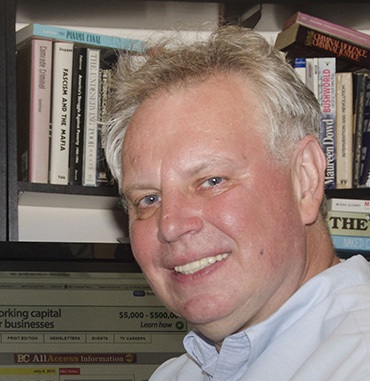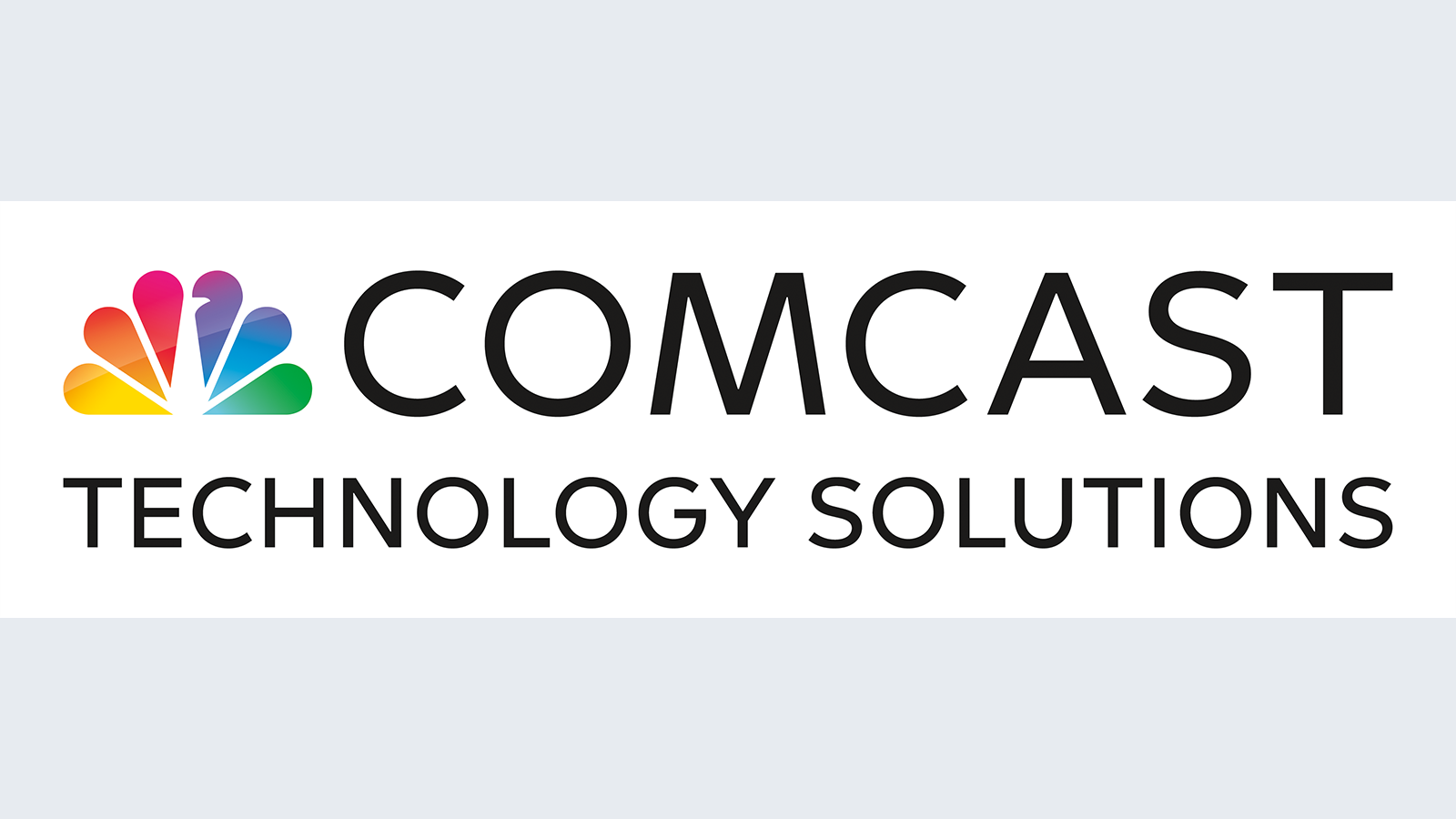Sony Electronics Unveils New Tech for Better Broadcast & Production Workflows
Sony is highlighting a number of new products in the areas of imaging, IP, cloud and virtualization at the 2022 NAB Show

LAS VEGAS—Sony Electronics has unveiled a broad range of technologies, products and services relating to imaging, Internet Protocol (IP), cloud and visualization that it will be showing during the 2022 NAB Show in booth #C10901 and virtually at https://pro.sony/nab.
“The last few years have redefined the world as well as our industry,” said Theresa Alesso, president, Imaging Products & Solutions Americas, Sony Electronics. “Our customers have relied even more heavily on technology to help connect and collaborate remotely and in real-time, with the greatest degree of reality. At NAB Show, we’re looking forward to reconnecting with the industry, shining a spotlight on Sony’s transformation, sharing our latest technologies and highlighting trends including the cinematic look and virtual production, as we create the future together.”
IMAGINING AND CAMERAS
A number of Sony’s announcements made during its press conference at the NAB Show on April 24 were related to imaging and cameras.
With the introduction of the new HDC-3200, the company noted that it was building out its portfolio and filling in the gaps with a more affordable 4K system, ensuring users have an option that provides everything they need, without paying for capabilities that aren’t required.
The HDC-3200 is a fiber based, cost-effective system camera that shares many of the features common to Sony’s HDC-series including a 2/3” type 3CMOS image sensor with global shutter, 4K and HDR and support for numerous signal formats. The HDC-3200 is compatible with the existing lineup of Sony viewfinders, large lens adapters and IP transmission systems. It is planned to be available in May 2022.
Sony also introduced two new large lens adaptors, the HDLA-3505 and HDLA-3501. The robust HDLA-3505 can be used with the HDVF-EL70. It has an LCD panel that allows for assignable settings at the press of a button and simple monitoring via SDI Input. The HDLA-3501 complements the new HDC-3200, providing a cost-effective 4K system.
The professional video industry's #1 source for news, trends and product and tech information. Sign up below.
It is designed to operate with the HDVF-L750 viewfinder and enables easy access to the camera head while supporting rear panel operation. Both options offer Sony systems cableless interface and instant attachment to and detachment from the camera. They are planned to be available in June 2022.
In addition, Sony reported that its PVM-X series 4K, HDR monitors available in 18-, 24- and 32-inch sizes, will see new enhancements with the Version 4.0 firmware release scheduled for August 2022.
New features include two new optional licenses to support signal conversion and 3D LUT Output. Timecode and audio output capabilities will also be added to the enhanced monitor output. The firmware will also feature in monitor display, parallel remote and chroma up as well as support for closed captioning.
Sony has also expanded its Cinema Line with the introduction of the flagship VENICE 2 camera. The VENICE 2 features a new 8.6K full-frame CMOS image sensor, internal X-OCN and 4K Apple ProRes 4444 and 422 HQ recording with a smaller body. It has an impressive 16 stops of dynamic range, extreme low light capability, highlights that roll-off, and natural skin tones. In addition, the VENICE 2 has a Dual Base ISO of 800/3200, 8 stops of built-in ND filters, and is now shipping.
The HDC-F5500 system camera with Super 35mm 4K CMOS global shutter image sensor also enables creative expression with a cinematic look. Featuring shallow depth of field, high frame rate capability, and easy systemization with other Sony system cameras, it has been used on marquee sporting events and the most influential motion picture and music awards events, among others.
To complement its imaging solutions, Sony announced that it is updating its UWP-D 4th generation wireless microphone series: the URX-P41D dual channel receiver and convenient UWP-D27 package. The new portable receiver offers simplified functionality, user-friendly features, and digital audio interface via the SMAD-P5 MI (Multi Interface) shoe adapter, compatible with many of Sony’s camcorders.
In addition, Sony’s flagship PXW-Z750 4K HDR shoulder-mount camcorder, which will be on display at NAB, has been embraced by the reality community. It was recently selected by CBS’s Emmy Award-winning “Survivor,” alongside additional models including the FX6, for a total of nearly 50 of Sony’s cameras.
Sony’s technologies have been an intrinsic part of the production of “Survivor” from the start, as they’ve adopted new formats and resolutions. Now, the PXW-Z750 will play a pivotal role in their HDR-ready production of Season 43, which is planned to debut in the fall.
IP NETWORKS
In terms of developments relating to IP networks, Nevion–a Sony Group Company–recently announced that its VideoIPath media orchestration platform is adding broadcast control. This enables simple, cost-effective support for the complete production lifecycle, ideal for managing IP-based broadcast facilities, virtual routing, production trucks and mobile units.
Additionally, the update adds support for Sony’s NS-BUS IP-based management protocol to the extensive list of equipment interfaces already compatible with VideoIPath, including Sony hardware panels and connection management to Sony’s SDI-IP converters and XVS series switchers. Sony also offers a powerful solution for production orchestration and facilities management: Live Element Orchestrator.
CLOUD-BASED TECHNOLOGIES
Sony also announced a number of improvements to its Ci Media Cloud Services, an ecosystem of cloud-based applications built for organizations to collect, organize, collaborate, deliver, and archive media assets.
For post-production, Ci’s Workflow app provides functionality for a secure, automated VFX pull workflow by simply submitting an edit decision list (EDL) to Ci. Productions must first upload original camera files (OCF) to Ci where preview proxies are created. To initiate the VFX pull workflow, an EDL is submitted to Ci. Ci locates the referenced OCF and converts the referenced clips to the desired output format. The generated frames are dynamically provisioned to the VFX vendor who is notified when delivery is complete. Benefits of the app include increased speed and lower operational costs, and it helps solve common ownership and accessibility challenges.
Ci’s improvements for collaboration, which can benefit editing and sports users, among others, include in-app commenting, clipping and live streams, which simplify the way creative teams review and collaborate on content and allows for quicker publishing to social media, Sony reported.
Ci also integrates with Sony’s Hawk-Eye technology to receive live streams from sports venues, allowing officials to review, mark up and collaborate on decisions in nearly real-time, regardless of location. This workflow makes content readily available to licensees and rights holders.
Additional enhancements to Ci include a Ci mobile app on iOS and Android for viewing content and a tvOS app for screening content on Apple TV 4K, as well as six times faster live stream ingest and Japanese localization.
Camera-to-cloud capabilities enable more freedom and flexibility for efficient productions from the field or front lines. Sony’s next-generation camera-to-cloud solution, C3 Portal (C3P), offers cost-effective file operations by tightly integrating Sony acquisition devices and remote operations. C3P enables remote camera control, remote file access and secure, efficient transfer of files to Ci, or the destination of your choice. C3P’s new mobile app enhances the file transfer process. Flexible metadata workflows support custom and automated metadata tagging of camera clips, resulting in simplified search and identification for fast content retrieval.
Sony also reported that it continues to build on its suite of Cloud Services with the development of infrastructure and live production tools which will allow for an efficient transition from on-premises to cloud.
VIRTUAL PRODUCTION
Sony also announced a number of developments in the area of virtual production, which has been transforming the worlds of broadcast and cinema by offering new ways to bring the virtual and physical worlds together in real-time.
Sony's Crystal LED B-series has been custom designed for virtual production. The scalable B-series is available in two pixel pitch sizes, and allows productions to build LED volumes to their desired size and resolution. With incredible brightness, each panel features an anti-reflection coating, a 170-degree wide viewing angle, and a wide color gamut.
Combined with the Sony VENICE camera series, these groundbreaking technologies allow storytellers to enjoy consistently accurate and flexible color matching between the camera and wall and incredible resolution and dynamic range that creates realistic images, Sony said.
To better serve the virtual production, streaming and e-Sports communities, Sony recently launched a dedicated group that brings together the expertise and resources from across Sony’s imaging and display businesses to help drive innovation and demystify the process.
Additionally, Hawk-Eye has introduced the first iteration of its new solution, Hawk-Eye Replay, a product suite that serves as a high-performance, cost-effective, remote clipping, replay and highlights solution. Following the success of 'Every Shot Every Hole,' Hawk-Eye’s award-winning golf production technology, this new offering combines with the company’s optical tracking and data platforms to create a powerful production solution.
From Sunday, April 24 through Tuesday, April 26, Sony will be hosting live presentations in booth #C10901 and live streaming at https://pro.sony/nab.
Topics include imaging, IP, EDL Pull cloud workflow, connecting cameras to the cloud, virtual production, drones and more.
More information on new products and solutions from Sony at NAB Show 2022 is available at https://pro.sony/nab.
George Winslow is the senior content producer for TV Tech. He has written about the television, media and technology industries for nearly 30 years for such publications as Broadcasting & Cable, Multichannel News and TV Tech. Over the years, he has edited a number of magazines, including Multichannel News International and World Screen, and moderated panels at such major industry events as NAB and MIP TV. He has published two books and dozens of encyclopedia articles on such subjects as the media, New York City history and economics.

